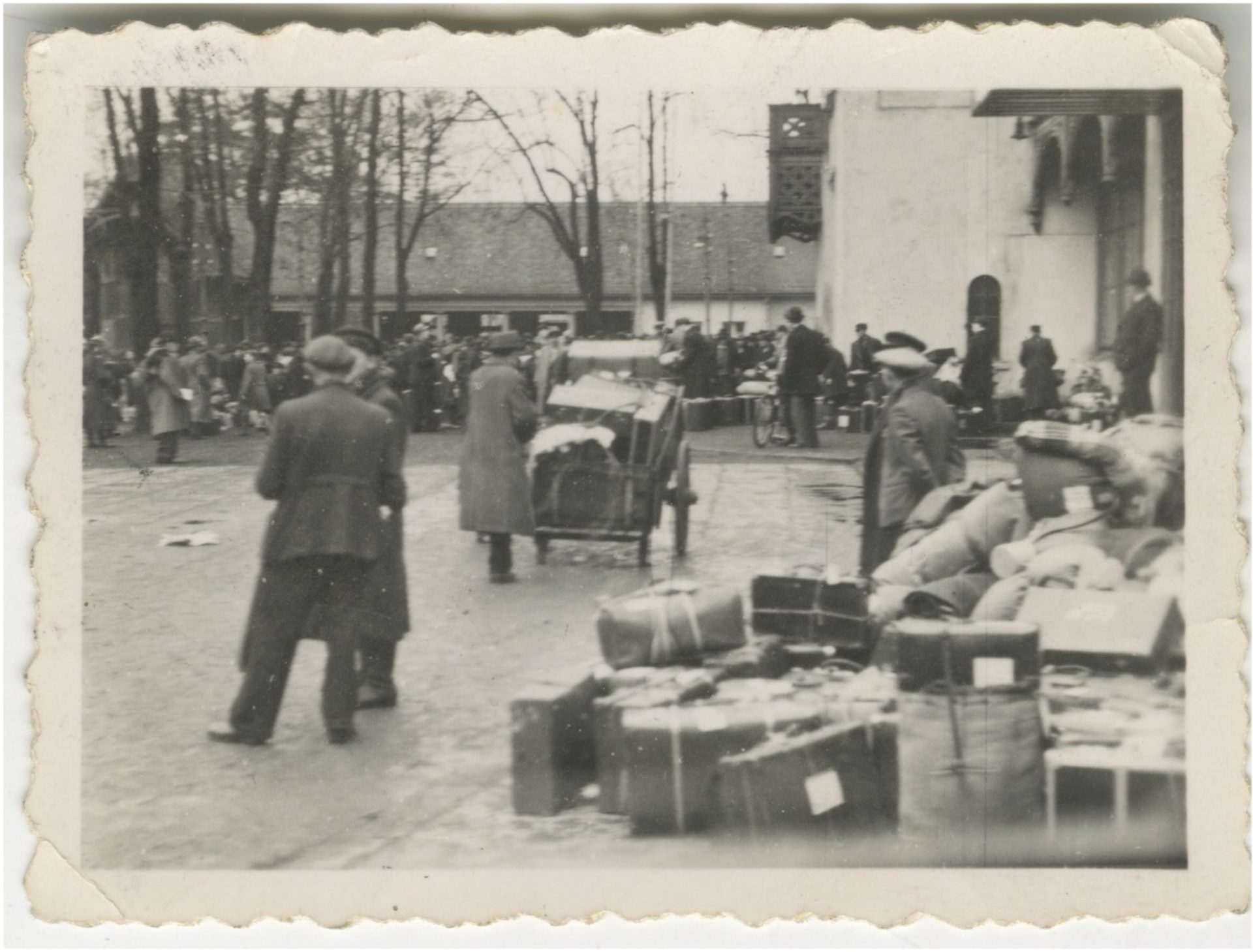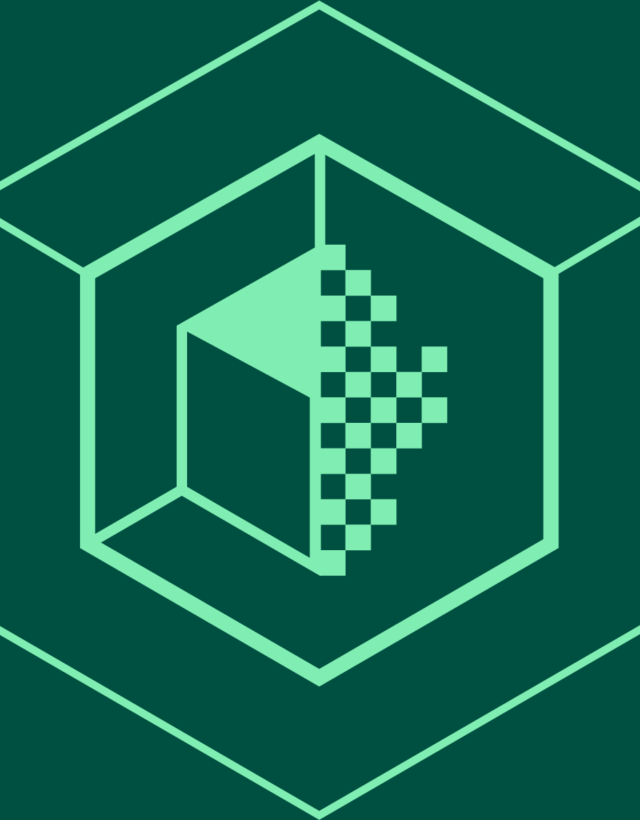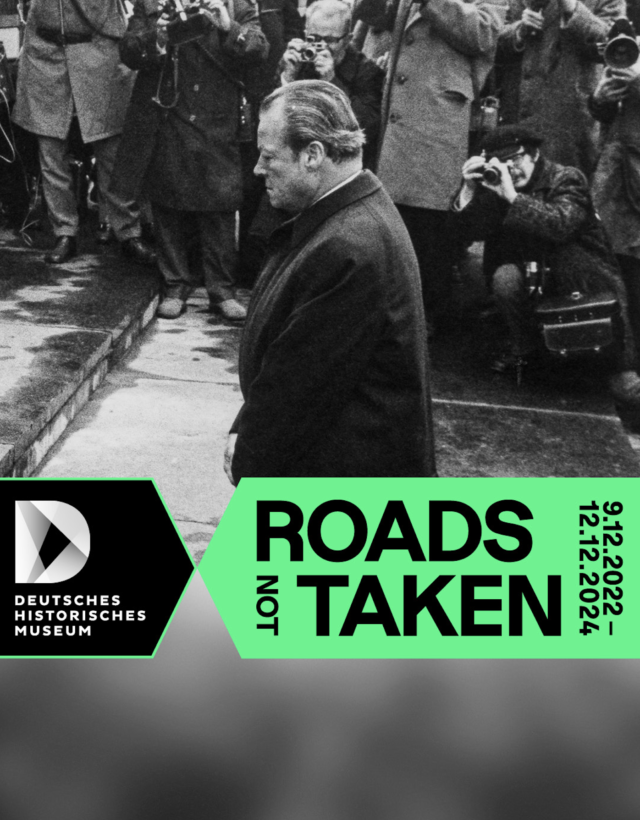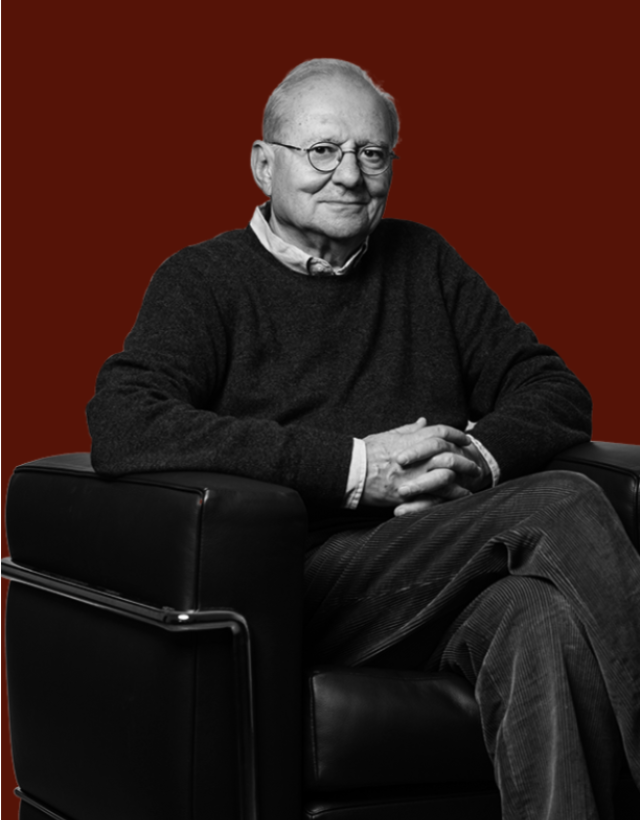The international research network #LastSeen. Images of Nazi Deportations found previously unknown images of persecuted Jews under the Nazi regime. The original photos, which document Wrocław residents shortly before their deportation, were discovered in the archives of the Jewish community in Dresden. The photos originate from a Jewish photographer who took them whilst hiding at great risk during two deportations in 1941 and 1942. The photos have been published on the digital image atlas #LastSeen on November 08, 2023.
"The archive discovery in Dresden, which is as accidental as it is sensational, opens up entirely new perspectives on the deportations of persecuted Jews in Wrocław," says Dr. Alina Bothe, head of the international #LastSeen research project. The discovery consists of 13 original. The pictures show the photographer's clear intention to document the terrible events for future generations. This is extraordinary, as very few photographs of deportations taken by the people persecuted have survived and come to light. The photographs show two different deportations: 12 photos we taken in November 1941 and another one in April 1942.

The photographer
After comparing the possibilities, it can be assumed with a high degree of probability that the pictures were taken by Albert Hadda (1892-1975). Hadda was an architect and a well-experienced hobby photographer with excellent equipment. After examining the photographs, it is clear that the photographer was not a perpetrator nor a random passerby, as access to the site was forbidden to bystanders. The pictures were taken covertly by an experienced photographer who had the appropriate equipment. Due to his marriage to a non-Jewish woman, Hadda was partially protected. He had already been working for the Jewish community in Wrocław since being banned from his profession in 1934, and beginning in April 1942, he officially supervised the deportation transports on behalf of the community.
Despite the prohibition, he secretly took several documentary-style photographs, which are now in private possession. Hadda was taken to a forced labor camp in 1944, from which he managed to escape to Wrocław in January 1945. He hid in Wroclaw until it was liberated. He later arrived in Erfurt with a transport of survivors from Wrocław and later lived in Fulda. It can be assumed that Hadda handed over the photos in Erfurt, and from there, they made their way to Dresden.
The pictures
Albert Hadda photographed from the shadows. On the newly discovered original prints, it can be seen that the pictures were taken hidden behind wall projections and from inside vehicles. His pictures show how people had to gather at the deportation site. They are preparing for the processing and the still uncertain transport. Luggage is piled up everywhere. Although the photographer cannot yet know what will happen to the people, it is clear to him that this act must be recorded, that this is a crime worth documenting. This explains his primarily documentary view of the events. The photographs from November 1941 show the gathering of people in the beer garden of the Schießwerder restaurant, the loading of luggage and other aspects of the so-called "Durchschleusung", the "processing" of people destined for deportation. The picture from April 1942 shows four elderly women, laden with heavy luggage, entering the Schießwerder restaurant and gathering there for deportation.
The historical background:
On November 21, 1941, more than 1,000 people from Wrocław were arrested by the police and taken to the Schießwerder restaurant near the Odertor train station, where they had to spend a total of four days in a confined space before being forced onto a train to Kaunas on November 25. Immediately after arriving in Kaunas four days later, all were shot by a task force in Fort IX. There are no survivors of this deportation. The photos are therefore the last testimonies of those murdered. On April 9, 1942, almost a thousand people were once again gathered in the Schießwerder restaurant in Wrocław. Four days later, they were transported by train to Izbica. Only two people survived this deportation.
The #LastSeen research network
Since 2021, the international research network "#LastSeen. Images of Nazi Deportations" has collected around 500 Nazi deportation photos from 60 cities from the territory of the German Reich within the borders of 1937. Many of the persecuted Jews, Sinti and Roma or "euthanasia" victims depicted in the photos can be seen for the last time. As part of the research project, the backgrounds of the photos are being investigated and scientifically contextualized. A digital image atlas will make the historical photos publicly accessible with scientific classifications. With #LastSeen, the association aims to carry out basic research on National Socialism and make the results freely accessible. It also aims to convey the profound involvement of the German population in the murder of millions of people.
#LastSeen is recipient of the Landecker Academic Research Grant.


